In Focus: An ethereal exhibition pushing the boundaries of photography, porcelain and the display space itself
Clare Twomey's new exhibition at the Harley Gallery in Nottinghamshire blurs the lines in a fascinating manner: where do the exhibits stop and the display space begin? Lilias Wigan paid a visit.
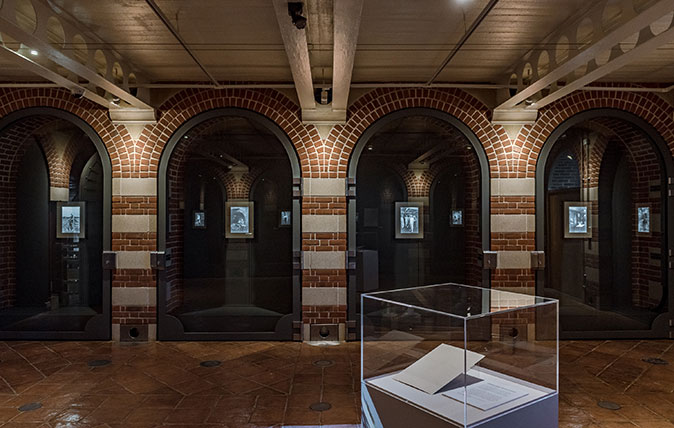
Clare Twomey’s exhibition Half in Shadow: Half in Light, at the Harley Gallery in Welbeck forms part of The Grand Tour, a multi-venue partnership that highlights the art and cultural treasures of the Midlands. The artist has revived the tradition of the lithopane – a slither of porcelain, the decoration of which is seen when held to light, which became popular in 16th-century France – and has created an intimate series of monochrome photographic portraits of Welbeck Estate employees.
Taken by the history of this great estate, Twomey unpicks the importance of Welbeck’s legacy. Over a year ago, she began probing the inner workings of estate life to understand the dynamics of the businesses today and to create artworks that respond to its environment.
Twomey met local residents and encouraged some of them to have their portraits taken. She was moved by the strong generational identity within the community; many were born on the estate and remain working there, while others have lived and worked there for over a decade.
The photographs are transferred onto the reverse of wafer-thin porcelain tiles in a challenging process that pushes the medium to extremes. ‘It’s like holding a crisp,’ Twomey remarks; she is still perfecting the advanced ceramic technology.
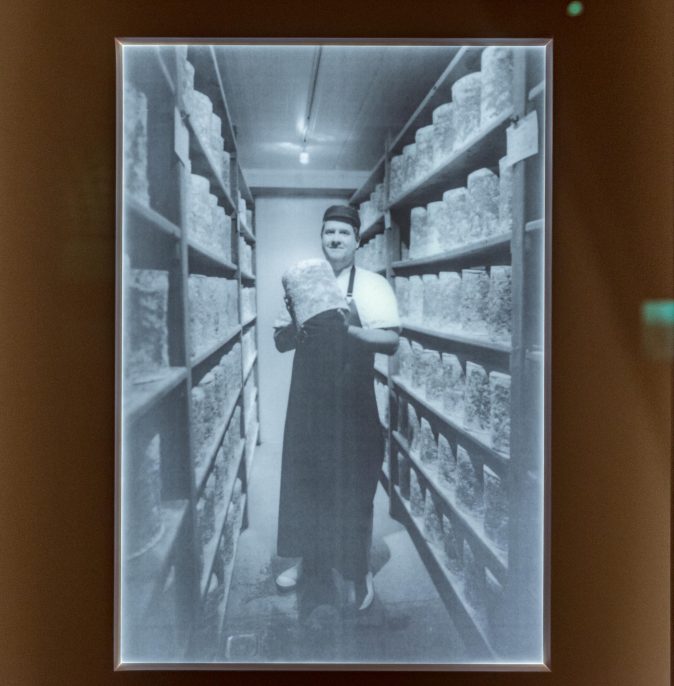
She began with 40 lithopanes and finished with just 10. The key to the display is that they appear blank until illuminated, at which point the image emerges through the porcelain with an ethereal glow.
The subjects are presented in their working environments. Claire and James are shown in the brewery, a business that began at Welbeck in the 16th century, when water was not safe for consumption. The original brewery closed in the 19th century, but they have brought back a forgotten process, re-integrated it and are now producing award winning local beers.
In another photograph, Robin, the Managing Director, is pictured in front of the late Victorian golf course, which became a tank training ground during the Second World War. He has devoted 35 years of his working life to the complicated management of Welbeck.
Sign up for the Country Life Newsletter
Exquisite houses, the beauty of Nature, and how to get the most from your life, straight to your inbox.
Different layers of the community are brought together, showing how each works with the other to regenerate lost processes in a sustainable way. Descriptions are projected onto the floor, encouraging viewers to familiarise themselves with the stories.
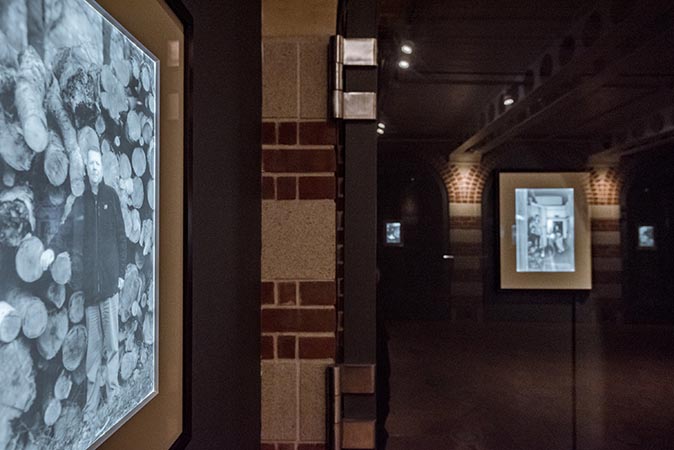
The arrangement of the portraits directly opposite one another – each nestled in an alcove and revealed by spotlight – provides a space for dialogue with their counterparts. The portraits of these people lessen the distance between history and the estate today. Twomey relishes the idea that in order to progress into the future, you must shed light on the past.
Although deeply rooted in the history of the estate, the pictures have a timeless quality and are vigorously about the now. They shed light on the often overlooked past, but also express profoundly the artist’s concerns about the people of Welbeck and their role in its future.
- Clare Twomey’s exhibition Half in Shadow: Half in Light, is at the Harley Gallery, Welbeck, until June 30th. Entry is free. See www.harleygallery.co.uk/exhibition/clare-twomey for more information.
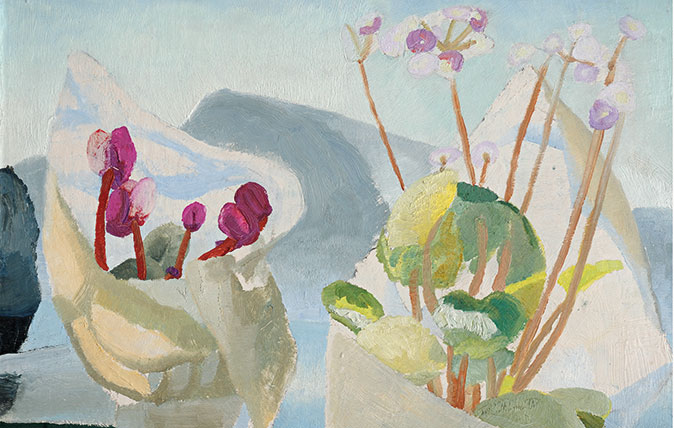
Credit: Winifred Nicholson, Cyclamen and Primula, 1923. Oil on board, 50 x 50 cm. Image courtesy of Kettle’s Yard, University of Cambridge
In Focus: The radiant, sunlit work by the artist who inspired the founder of Kettle's Yard
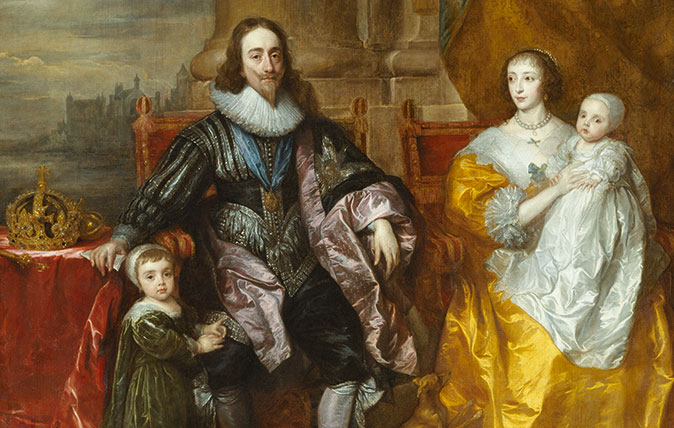
In Focus: The Van Dyck portrait that shows Charles I as monarch, connoisseur and proud father
Lilias Wigan takes a detailed look at Van Dyck's Greate Peece, one of the highlights of the Royal Academy's stunning
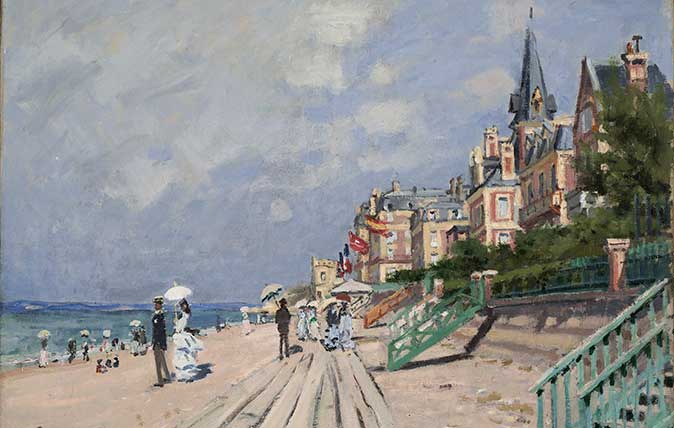
In Focus: The paintings which show Monet's genius for architecture as well as nature
Think of Monet and you think of reflections and nature, but his works included huge amounts of architecture and other
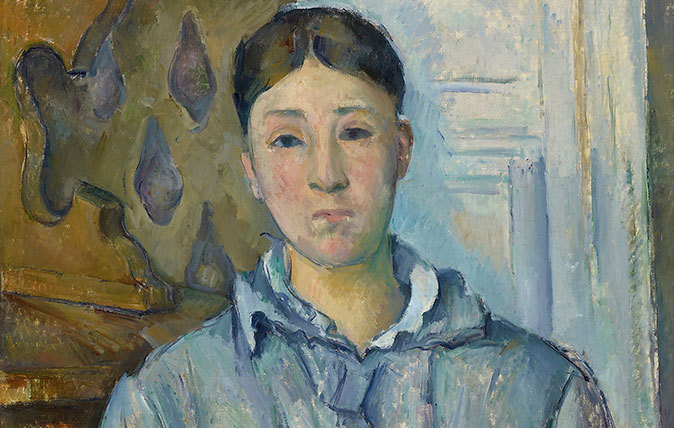
In Focus: Cézanne's brutally honest portrait of his wife, 'weary and dissatisfied', as their relationship was on the rocks
The National Portrait Gallery's exhibition of portraits by Paul Cézanne comes to an end this weekend. Lilias Wigan takes an
-
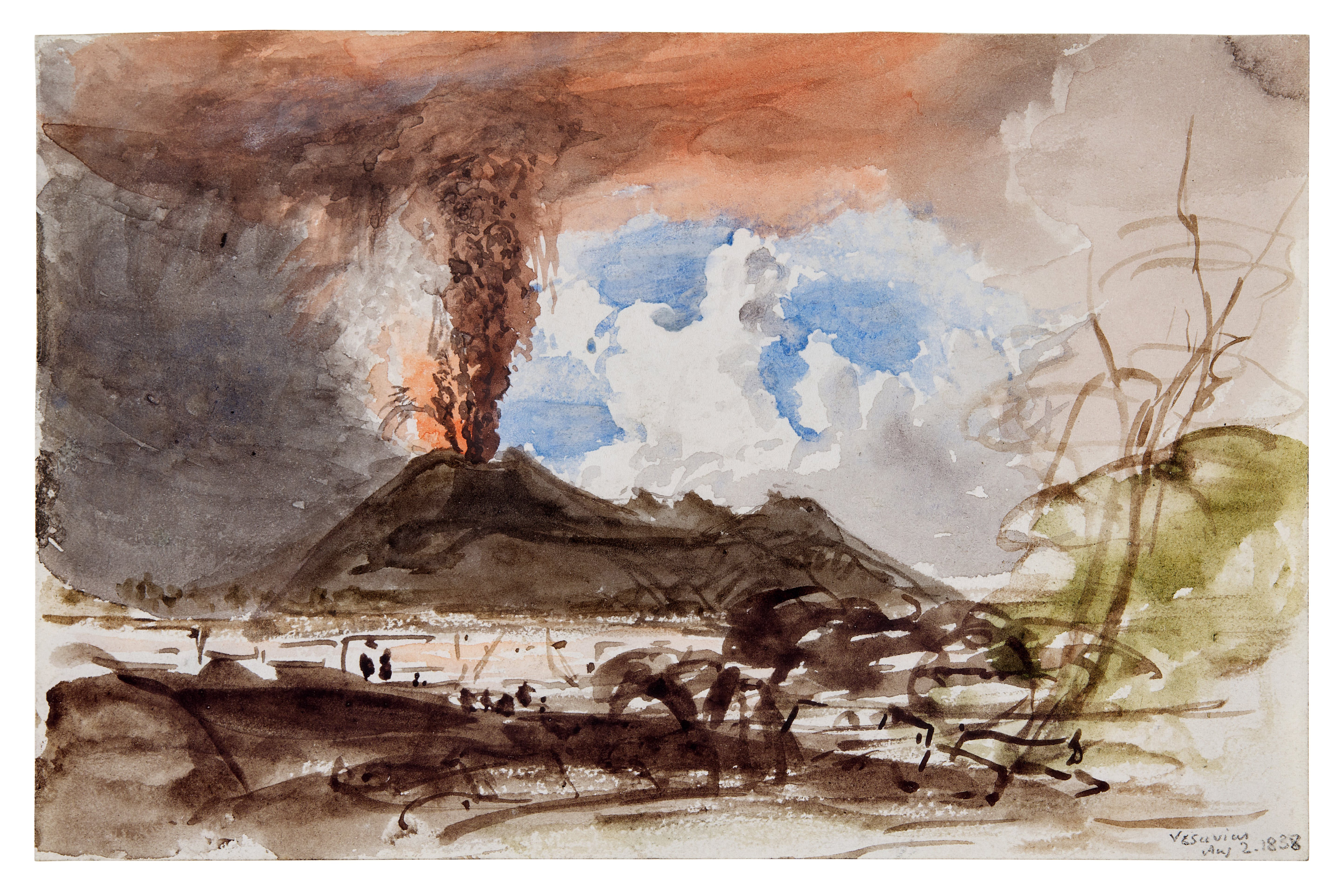 From Vinted to Velázquez: The younger generations' appetite for antiques and Old Masters
From Vinted to Velázquez: The younger generations' appetite for antiques and Old MastersThe younger generations’ appetite for everything vintage bodes well for the future, says Huon Mallalieu, at a time when an extraordinary Old Masters collection is about to go under the hammer.
By Huon Mallalieu
-
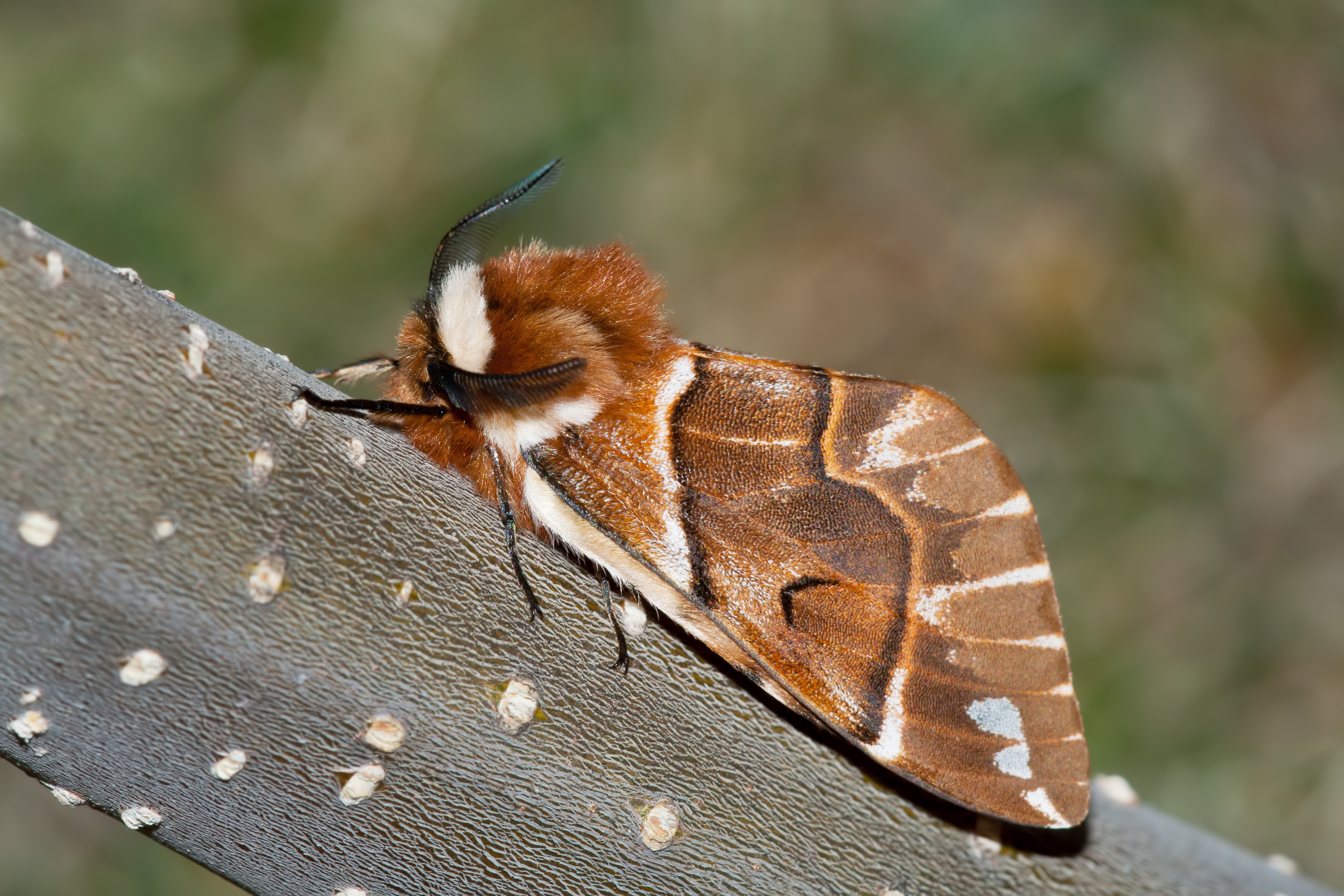 In all its glory: One of Britain’s most striking moth species could be making a comeback
In all its glory: One of Britain’s most striking moth species could be making a comebackThe Kentish glory moth has been absent from England and Wales for around 50 years.
By Jack Watkins